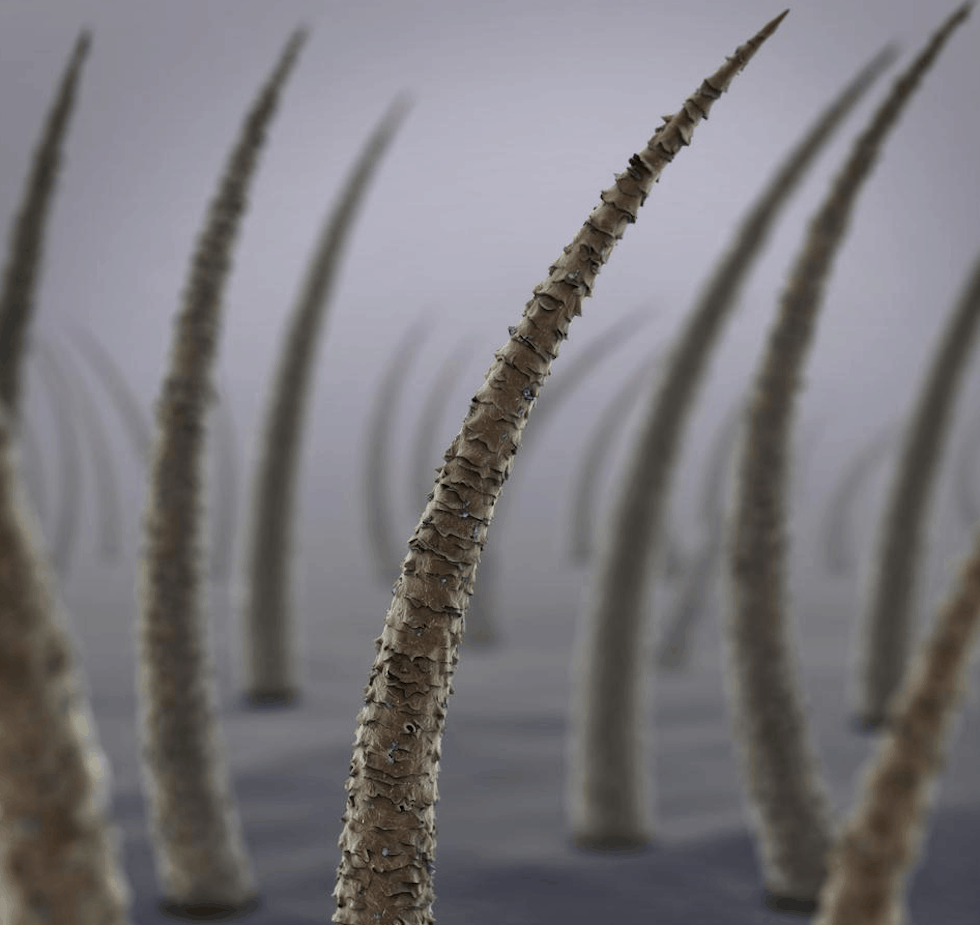
This is the claim of researchers from the University of California San Diego, who said hair has a strength to weight ratio comparable to steel and can be stretched up to one and a half times its original length before breaking.
"We wanted to understand the mechanism behind this extraordinary property," said Yang Yu, a nanoengineering Ph.D. student at UC San Diego and the first author of the study.
"Nature creates a variety of interesting materials and architectures in very ingenious ways. We're interested in understanding the correlation between the structure and the properties of biological materials to develop synthetic materials and designs - based on nature - that have better performance than existing ones," added Marc Meyers, a professor of mechanical engineering at the UC San Diego Jacobs School of Engineering and the lead author of the study.
In a study published online in Materials Science and Engineering C, researchers conducted a nanoscale investigation into how a strand of human hair behaves when it is deformed or stretched. The team found that hair behaves differently depending on how fast or slow it is stretched. The faster hair is stretched, the stronger it is.
Hair consists of two main parts, namely the cortex, which is made up of parallel fibrils, and the matrix, which has a random structure. According to the University, the matrix is sensitive to the speed at which hair is deformed but the cortex is not. The combination of these two components, Yu said, is what gives hair the ability to withstand high stress and strain.
And as hair is stretched, its structure changes in a particular way. At the nanoscale, the cortex fibrils in hair are each made up of thousands of coiled spiral-shaped chains of molecules called alpha helix chains. As hair is deformed, the alpha helix chains uncoil and become pleated sheet structures called beta sheets. This structural change allows hair to handle a large amount deformation without breaking.
This structural transformation is partially reversible. When hair is stretched under a small amount of strain, it can recover its original shape. Stretch it further and the structural transformation becomes irreversible. "This is the first time evidence for this transformation has been discovered," Yu said.
The team also conducted stretching tests on hair at different humidity levels and temperatures. At higher humidity levels, hair can withstand up to 70 to 80 per cent deformation before breaking. Water ‘softens’ hair by entering the matrix and breaking the sulphur bonds connecting the filaments inside a strand of hair.
Researchers also found that hair starts to undergo permanent damage at 60 degrees Celsius. Beyond this temperature, hair breaks faster at lower stress and strain.
The team is currently conducting further studies on the effects of water on the properties of human hair. Moving forward, the team is investigating the detailed mechanism of how washing hair causes it to return to its original shape.
The paper - Structure and mechanical behavior of human hair – is available here.





Glasgow trial explores AR cues for autonomous road safety
They've ploughed into a few vulnerable road users in the past. Making that less likely will make it spectacularly easy to stop the traffic for...